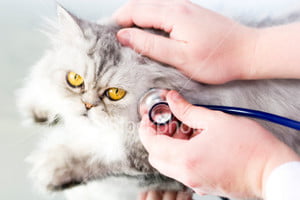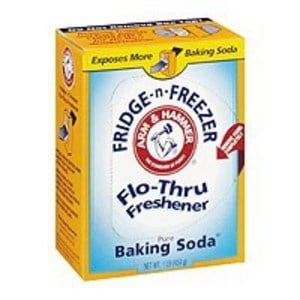Feline adrenal glands are part of the endocrine system, a three-gland system that produces hormones controlling most of the major functions in your cat’s body. Feline adrenal disease is also known as Cushing’s disease or Addison’s disease, which is rare in cats and usually affects the older felines.
Cushing’s disease is described as the overproduction of adrenal hormones and excess cortisol, whereas Addison’s disease has just the opposite effect, not producing enough cortisol. Cortisol is a natural chemical in the body, which helps with responses to stress such as infection or pain. With not enough or too much cortisol in the body, the cats’ body has problems handling any of those types of stresses.
Symptoms to be aware of are overeating, weight loss, lethargy, pot belly, hair loss or an extremely dull coat. Other indications or signs may be thin skin, sores and abscesses; urinary tract, mouth and respiratory tract infections; and excessive thirst and urination. Kidney dysfunction may also be a symptom of Addison’s disease.
To begin with a diagnosis, your veterinarian will go over your cat’s medical history and conduct a thorough medical exam. To get a positive diagnosis, several lab tests will be necessary such as urinalysis and blood work to check white blood cells, cell count and look for increased blood sugar, elevated levels of liver enzymes, and increased cholesterol. An adrenocorticotropic hormone (ACTH) stimulation test will measure the adrenal gland function. The vet may perform diagnostic tests such as an X-ray or ultrasound, which can reveal the presence of calcium near the adrenal glands, suggesting a possible tumor. X-rays also show enlarged liver or adrenal glands, both of which are indicative of adrenal gland dysfunction.
Treatment for Addison’s disease is to first correct the dehydration problem by providing fluids. Hormones not being secreted by the adrenal gland will be replaced by glucocorticoids, called Forinef, and mineralocorticoids, such as prednisone. A salt substitute may also be helpful.
Treatment for Cushing’s disease may include the medications mitotane or Trilostane, which reduce hormone production. Your cat may need to have an adrenal gland removed, followed by two months of therapy with glucocorticoids. If a tumor is present, it will be removed surgically. Once removed, the adrenal gland dysfunction should be cured.
The success of the surgery depends on your particular cat and your veterinarian will be the best one to determine if he should perform it. If the tumor is actually benign, oral medications can generally be effective. Some natural supplements such as Siberian ginseng and licorice help to balance adrenal hormones and adrenal gland function. Dandelion and milk vetch improve nutrition and the immune system. These and other natural supplements can promote the health and comfort of a cat experiencing adrenal gland dysfunction. Speak with your veterinarian for these and other products.
You can’t do anything to prevent feline Cushing’s disease, but it is important that you know if your cat might be at risk. Early diagnosis and treatment leads to a better prognosis. If your veterinarian has your cat on steroid medication, you should never stop the medication abruptly as it can cause Addison’s disease. Once your cat is home and in your care, it is necessary to continue medications and closely observe his appetite, water intake and activity levels. If he starts showing signs of weakness, vomiting, change in appetite and diarrhea, contact your veterinarian immediately. Be sure to schedule routine follow-up visits to the doctor for optimum care. It may be necessary to keep your cat free from stresses and undue emotional trauma as he returns to his normal daily routine and returns to health.







